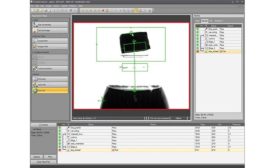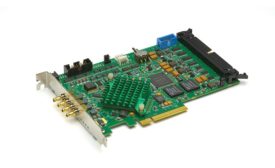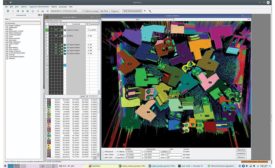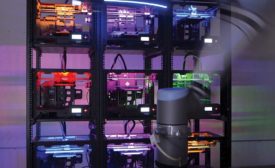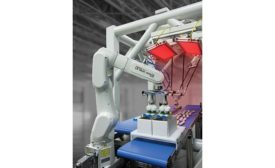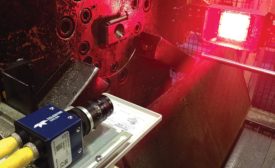Vision & Sensors
The Capabilities of Vision Sensors
Let’s take a look at the capabilities and potential applications of vision sensors.
January 8, 2018
Cross-Industry Collaboration Can Fuel Machine Vision Innovation
Machine vision applications have grown exponentially.
January 8, 2018
3D Sensors in Machine Vision
As most players in the image processing industry know, there are several different ways to get a 3D image.
January 8, 2018
V&S HEADLINE
Industry Veteran Launches New Machine Vision Camera Manufacturing Company
January 5, 2018
Collaborative Robots: Don't Fear the Cobot
Collaborative robots, or cobots, are infiltrating factories on a global scale. But can robots and humans really work together in harmony? We asked the experts.
January 1, 2018
Practical VGR: Cutting-Edge Technologies and Applications
Let’s look at some of the latest vision and robotics technologies and related applications.
January 1, 2018
Smart Cameras in a Manufacturing Environment: Today and in the Future
The combination of dramatically improving hardware and modern software technology has made smart cameras capable, inexpensive, and easy-to-use.
January 1, 2018
Stay in the know with Quality’s comprehensive coverage of
the manufacturing and metrology industries.
eNewsletter | Website | eMagazine
JOIN TODAY!Copyright ©2025. All Rights Reserved BNP Media.
Design, CMS, Hosting & Web Development :: ePublishing

